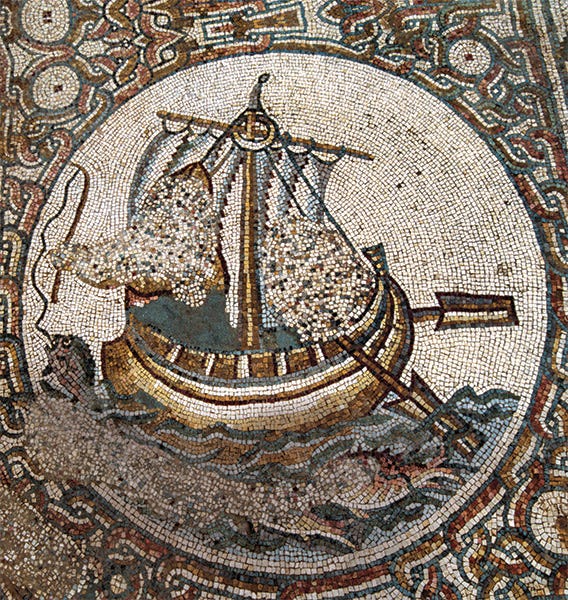In the last post, I detailed the development of prayer in Ancient Israel, Judah, Second Temple Judaism, and the beginnings of the prayer cultures of Rabbinic Judaism and Early Christianity. We went very fast, and had to leave plenty out, but in a nutshell, while prayer was a widespread practice of the ancient Near East and Mediterranean worlds, it was usually regarded as less important than cult and ethics, and this is also true in the Hebrew Bible, where prayer as a distinctive activity in its own right does not really show up until the corpora of the Writings and the Apocrypha.
In the New Testament, we see Jesus and his followers engaging in common Jewish prayer and cultic practices. But after 70 CE, all Jews, including Jewish Christ-followers, had to supplement the Temple’s loss with the practice of prayer. This was the first genuine novelty in the prayer practices of ancient Jews and Christians compared to their neighbors: prayer not only replaced cult, but became a sufficient successor for cult, at least for Jews. For Christians, prayer eventually became once more a physical act of cult in the liturgical drama of the Eucharist, with the prayers of institution uttered over bread and wine becoming themselves a sacrificial act. But like Jews, Christians also developed a formal ritual of praying life that replaced the sacrificial world of antiquity.
In this post, I turn my attention specifically to the developing practices of Christian prayer in late antiquity. In doing so, I will also consider the parallel tradition of the Rabbis and the evolving prayer traditions of Islam when we get to it, albeit briefly. My goal in including their practice is not to claim to speak for either tradition about what prayer means to them, but to remember them as illuminative comparisons for what prayer came to mean in the Christian Tradition. Like Jews and Muslims, Christians will come to see prayer as the primary mode of access to the deity, who is no longer physically present through the medium of the Jerusalem Temple and its sacrificial cult; like Jews and Muslims, Christians will also construct their own spaces for prayer and Eucharist that will reflect prayer’s new importance, transposing it into physical spaces adorned as though they were places for sacrifice but which explicitly are not, at least by ancient definitions of sacrifice. Yet this very practice in a sense redefines sacrificial space: spaces were “temple-ized” by Christian usage, in that a public building type not formerly associated with religion (the basilica) becomes inherently religious through Christian appropriation. Of special interest here is that the Christian churchdoes not approximate the real, historical Temple in Jerusalem, but the Temple as it was remembered through scripture, especially as scripture was read in the evolving office of prayer and used in the Eucharist. While Jews would retain elements of the Temple in their sacred spaces, like the menorah and, in some synagogues, figural art, and Jews today sometimes call their congregations “Temple Israel” and so on, and while Muslims would in fact attempt to rebuild the Temple itself in the form of the Al-Aqsa mosque and the Dome of the Rock, Christians would eventually come to regard every fully consecrated church building as the Temple itself, as the place where the succession of the Temple’s habits of prayer and cult endured.
Keep reading with a 7-day free trial
Subscribe to A Perennial Digression to keep reading this post and get 7 days of free access to the full post archives.


